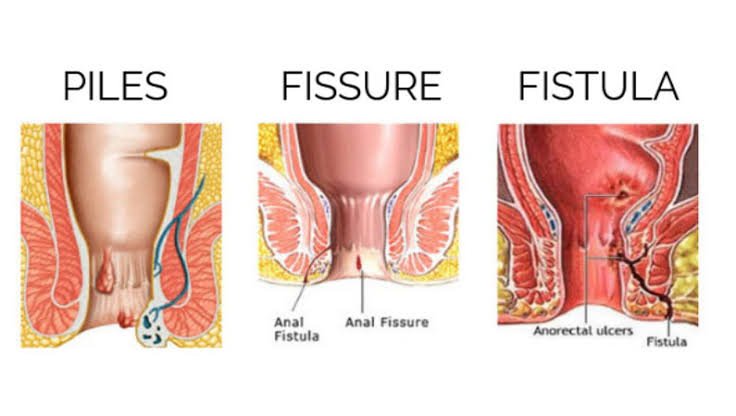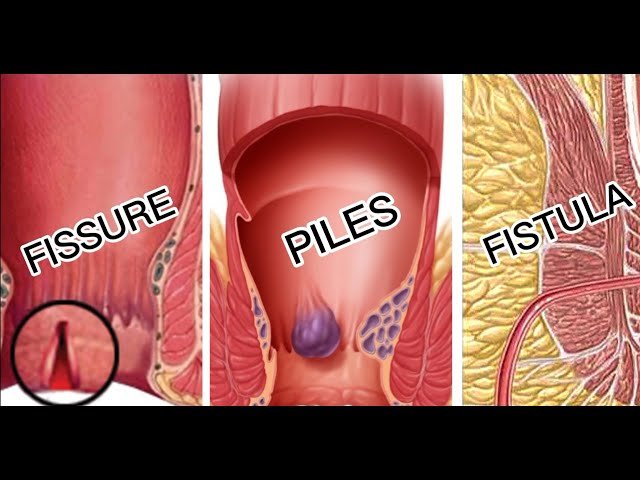When it comes to common anorectal conditions, it’s important to understand the differences between piles, fissures, and fistulas. While these conditions may share some similar symptoms, they are distinct in terms of their causes, symptoms, and treatments. In this article, we will delve into each condition and shed light on their unique characteristics.
Piles (Hemorrhoids)
Piles, also known as hemorrhoids, are swollen blood vessels located in the lower rectum or anus. They can be either internal or external. Internal piles develop inside the rectum and are usually painless, but they may cause bleeding during bowel movements. External piles, on the other hand, occur outside the anus and can be painful, itchy, and prone to bleeding.
The main causes of piles include chronic constipation, straining during bowel movements, prolonged sitting or standing, obesity, and pregnancy. Symptoms of piles may include rectal bleeding, discomfort, itching, and a lump near the anus.
Treatment for piles often involves lifestyle changes, such as increasing fiber intake, drinking plenty of water, and avoiding prolonged sitting or straining during bowel movements. Over-the-counter creams, ointments, and suppositories can also provide relief. In more severe cases, medical procedures like rubber band ligation, sclerotherapy, or surgery may be necessary.
Fissures
An anal fissure is a small tear or cut in the lining of the anus. It is often caused by passing hard or large stools, chronic constipation, or excessive straining during bowel movements. Fissures can be extremely painful and may cause bleeding during or after bowel movements.
Common symptoms of fissures include pain during bowel movements, bright red blood on the toilet paper, itching, and a visible tear or crack in the skin around the anus. The pain associated with fissures can be intense and may last for several hours after a bowel movement.
Treatment for fissures typically involves conservative measures such as increasing fiber intake, using stool softeners, and taking warm baths to promote healing and relieve discomfort. Topical creams or ointments may also be prescribed to help reduce pain and inflammation. In some cases, surgical intervention may be required if the fissure does not heal with conservative treatment.
Fistulas
A fistula is an abnormal connection or tunnel that forms between two organs or between an organ and the skin. An anal fistula specifically refers to an abnormal passage that develops between the anal canal and the skin near the anus. Fistulas are often the result of an infection or abscess that has not healed properly.
Common symptoms of fistulas include persistent pain, swelling, redness, and drainage of pus or feces from an opening near the anus. Other symptoms may include fever, chills, and general discomfort.
Treatment for fistulas usually involves surgery to remove the infected tissue and close the abnormal connection. In some cases, a seton (a piece of thread or rubber) may be placed to keep the fistula open and allow it to heal from the inside out.
Conclusion
While piles, fissures, and fistulas may all affect the anorectal area, understanding their unique characteristics is crucial for proper diagnosis and treatment. If you are experiencing any symptoms related to these conditions, it is important to consult with a healthcare professional for an accurate diagnosis and appropriate treatment plan.
Remember, maintaining a healthy lifestyle, including a high-fiber diet, regular exercise, and good bowel habits, can help prevent these conditions from occurring or worsening.

